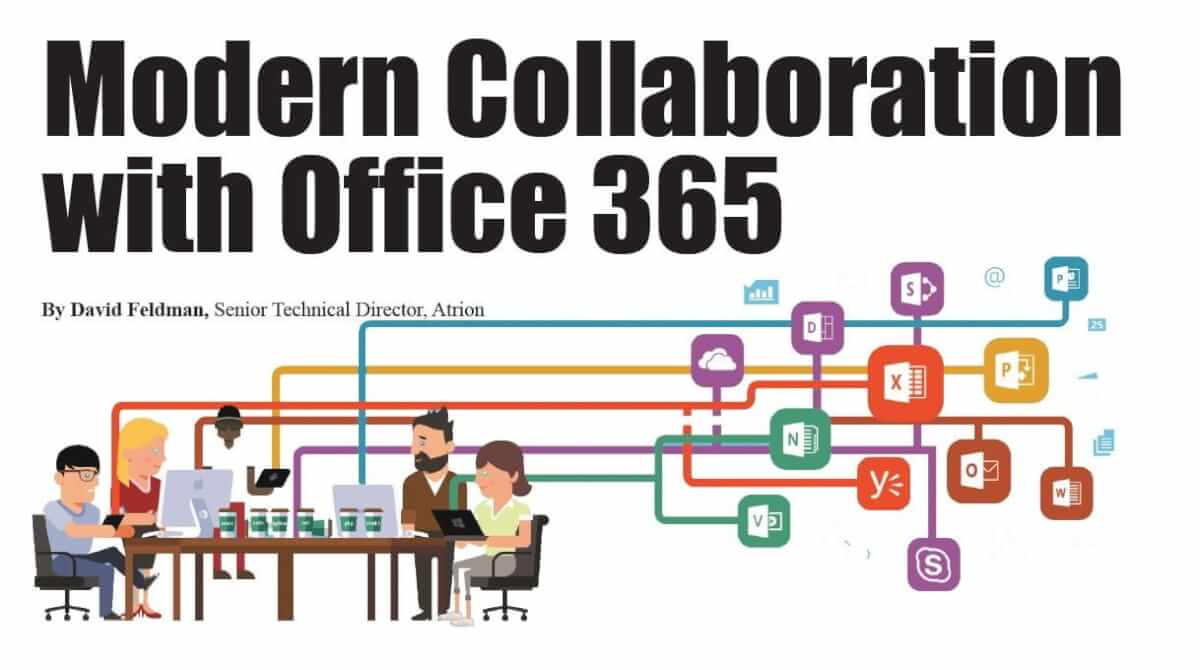Modern Collaboration with Office 365
Zerone HiTech is the first company to implement Office 365 in Qatar and has done more than 50 Offices.

This article excerpt, by Microsoft leader David Feldman, originally appeared here: https://www.linkedin.com/pulse…
Since its introduction in 2001, Microsoft SharePoint evolved into the de-facto standard for collaboration and content sharing from small businesses to the largest enterprise and government customers. SharePoint provides a web based productivity environment where users can organize and share files, forms, web content, and structured data such as calendars, contacts, and small databases with internal or external users securely with minimal support from IT. CIOs and business leaders embraced the concept of the empowered information worker and invested billions annually in hardware, licensing, third party tools, and professional services. Microsoft SharePoint was the productivity hub within Microsoft Office, providing users with portals, search, collaboration, business process automation, business intelligence, web content management, and personal document storage, enterprise and social networking capabilities. With so many features rolled into a single product, SharePoint’s rapid adoption sometimes caused confusion or sprawl without proper information architecture, governance and controls. Following the release of SharePoint 2013, Microsoft declared a shift in strategy away from a three-year SharePoint release cycle toward continuous product improvements in a new cloud-first model within Office 365. Over the past year, many of the core capabilities of traditional (i.e., on-premises) SharePoint have evolved into their own brand user experiences within Office 365. Since its inception, SharePoint has focused on collaboration, so today we’ll highlight the modern collaboration experience within Office 365.



